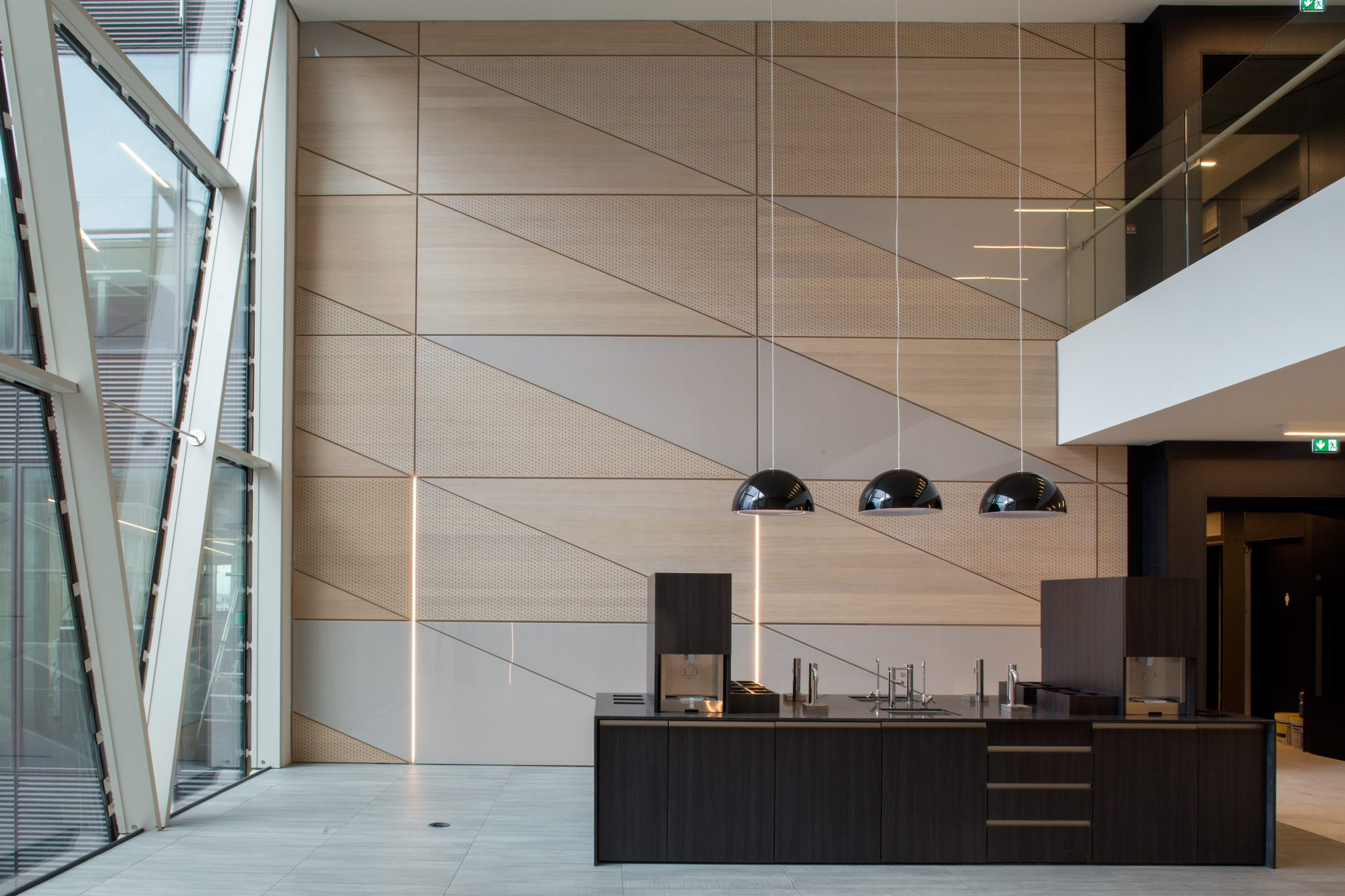When open plan evolved for commercial and residential buildings, some thought the days of the simple partition were numbered. However, the partition remains a critical component in creating fully functioning interiors that are efficient and safe for both installers and occupiers. Adrian JG Marsh reports.
“The need to tackle the ongoing housing shortage will continue to drive systems development for partitions and linings next year and beyond,” said Matt McKay, strategy and marketing director at Etex Building Performance.
“We expect to see growth in the build-to-rent market, which calls for heightened focus on tenant comfort and durability of the building fabric to maximise long-term income for asset owners. For partitions and linings, therefore, the focus must be on developing higher performing, more robust systems which require minimal maintenance, while assuring a better quality of life for tenants.”
David Murray at MEDITE SMARTPLY agrees about the need to improve performance but also sees on-site productivity as a critical component for specialist contractors. MEDITE’s Oriented Strand Board (OSB) is a versatile, cost-effective and environmentally friendly alternative to plywood.
Mr Murray said: “Innovation is about creating value from something new and keeping it as simple as possible. Our DRYBACKER board evolved because of a query from a major drywall contractor who had used the wrong screw size on OSB board for a project in London. This led us to look at devising an OSB backing board specifically for dryliners that could be slotted easily into the standard metal frame.”
The result was DRYBACKER, a ready-made pattress panel that is pre-cut and grooved for easy installation and finishes flush with the studs. It requires no power tools and cutting and, as there is no noise and dust, it is safer for installers.
“We conducted rigorous tests to BS 5234: Part 2 and worked with Salford University to assess the structural qualities with pull-out values,” continued Mr Murray. “Combined, these known pull-out strengths based on British Standards, with an OSB ‘C’ mark for structural use, enables designers and contractors to determine the strength of an OSB partition wall.
“The key issue for designers is that DRYBACKER has known pull-out values, unlike plywood, which has unknown values. Trials with drywall contractors were successful and showed that there was less waste, because no on-site cutting was required, and we estimate that it is 60 per cent faster to install than plywood. So, with the increasing move towards greater compliance test data being required, we’re able to provide accurate performance information.”
In high-performance and technical environments, specialist interior contractors will be looking to overcome a range of challenges. These include the need for heavy- and severe-duty impact resistance in high-traffic circulation areas and plant rooms. These facilities will also need to respect acoustic performance, fire resistance and insulation that impacts on the overall thermal performance of the building.
And if installation is more efficient, it is a real bonus. Simon Dixon at SDP confirms what contractors think. He said: “If a product can save us five minutes on each board installed then we can save ourselves a matter of days over an entire project, which makes us and our clients very happy.”
With more emphasis on compliance and performance data, system and product developments that improve safety and productivity must be welcomed and will surely make a difference.


